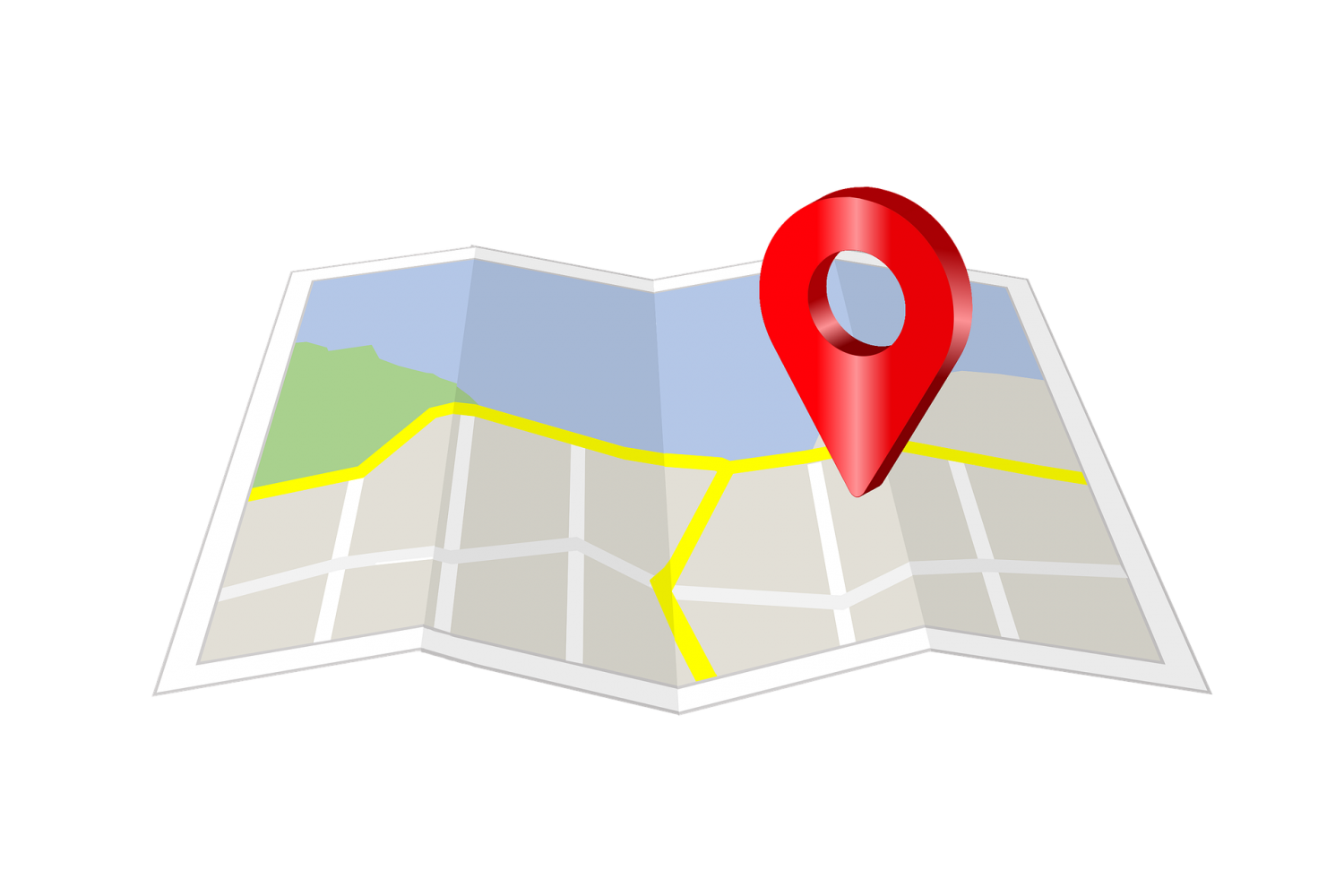
Maps have been an integral part of our lives since ancient times. The Sumerian Empire maps dating back to 5,000 B.C. are proof that humans have long tried to make sense of their surroundings and chart a course for exploration and navigation.
In the modern era, we have Google Maps. It has revolutionized how we view places on Earth, providing detailed information about any location in seconds. But did you know that this powerful tool also offers some secret features?
Here are five hidden gems tucked away in Google Maps's geocoding capabilities that you may not know.
The Art and Science of Geocoding
The art and science of geocoding is a fascinating study that combines complex technology with creative problem-solving. Geocoding involves taking an address, such as a street name or zip code, and converting it into latitude and longitude coordinates to locate the location on a map accurately. This process is known as spatial referencing, allowing for precise area mapping.
Google Maps uses this technology to provide incredibly detailed information about a location, from street views to 3D representations. But the tool also has some hidden features that can be accessed through geocoding. From finding the exact elevation of a mountain to determining the boundaries of a state or country, you can use Google Maps in various creative ways.
The art and science of geocoding are only limited by one's imagination. With the proper techniques, it is possible to create highly accurate maps that provide information about any given area.
5 Lesser-Known but Helpful Features of Google Map Geocoding
Google Maps is an extremely helpful tool that can provide detailed information about any location in seconds. But did you know that it also offers some secret features?
Here are five lesser-known but helpful features of Google Map Geocoding that may surprise you.

1) Reverse geocoding
Reverse geocoding is a powerful tool available through Google Maps. It allows users to convert geographical coordinates into a more detailed location description, such as an address, city, or country name. This feature can quickly locate points of interest and buildings in unfamiliar locations.
The technology behind reverse geocoding is complex and utilizes multiple data sources, such as road maps, satellite images, and address databases. The results provided by reverse geocoding can be exact, allowing users to pinpoint a specific location accurately.
With this feature, users can quickly locate an unfamiliar building or find the exact coordinates of a scenic viewpoint. This makes it easy to plan trips without relying on vague descriptions or unreliable sources. Reverse geocoding is a powerful tool that enhances navigation in unknown areas.
2) Batch geocoding
Batch geocoding is a handy feature that allows multiple addresses to be geocoded simultaneously. It is a time-saving tool that can quickly convert an entire list of addresses into geographic coordinates. This process eliminates the need to manually enter each address individually, which can be tedious and time-consuming.
Batch geocoding is an invaluable tool for businesses that require precise spatial analysis of customer data. By utilizing this feature, companies can quickly and accurately understand the geographical distribution of their customers to target them with marketing campaigns better or optimize product delivery routes.
In addition, batch geocoding allows users to create custom maps highlighting interest areas. This enables users to quickly identify clusters of customers or potential business locations and provide valuable insights into the area.
3) Finding elevation
Finding elevation is an essential but often overlooked feature of Google Maps. The tool utilizes sophisticated geospatial analysis to accurately determine the height of any given point on the Earth's surface. This feature can be used to quickly find the altitude of mountains and other geographical features. It can also find the exact height of buildings in urban areas.
Users can access this information by simply typing the coordinates of a location into the search bar. The elevation will then be displayed in both feet and meters. This feature is an invaluable tool for climbers, hikers, and outdoor adventurers who need to know the exact height of their destinations before they set out.
In addition, users can also use Google Maps to determine the precise altitude of a location in relation to sea level. This can help understand local weather conditions or plot the best routes over mountains and other challenging terrains.
4) Region code biasing
Region code biasing is a valuable feature of Google Maps that allows users to focus their search results on specific regions or areas. This feature enables users to limit the results of a geocoding search to a specific country, state, or even zip code. Using region code biasing, users can quickly narrow their search results and find the most relevant information.
The feature is beneficial for businesses that require precise spatial analysis of their customer data or target marketing campaigns to specific areas. It allows them to quickly narrow down their search results and accurately determine the geographical distribution of their customers. Additionally, region biasing can be used to customize maps and pinpoint clusters of customers or potential business locations in a particular area.
5) Partial matching
Partial matching is a powerful feature of Google Map's Geocode that allows users to find locations with incomplete or partial addresses. Users can still obtain accurate information about the location by entering only a part of the address, such as a city name or zip code. This feature is handy when multiple similar addresses are in the same area, as it can quickly narrow down the search results and provide precise information.
The power of partial matching lies in its flexibility and accuracy. By allowing users to input only a portion of an address, Google Maps can process a broader range of data and more accurately pinpoint specific locations. This eliminates the need for typing out long detailed addresses, which can be time-consuming and tedious.
Partial matching is an invaluable tool for businesses or individuals looking to locate unfamiliar buildings or points of interest quickly. This feature allows users to quickly find any location without relying on unreliable sources or vague descriptions.
Mapping Your Way to Success With Geocoding's Hidden Gems
Geocoding is an invaluable tool for any tech business. By leveraging its various features, you can gain valuable insights into your customers and optimize the delivery of products or services.
Whether it's reverse geocoding to convert coordinates into addresses, batch geocoding to quickly narrow down search results, finding elevation to accurately determine the height of points on Earth's surface, region code biasing to focus searches in certain areas, or partial matching to find locations with incomplete data - all these are powerful tools that will help you map out a prosperous future for your business.
With the right strategy and implementation of geocoding principles, you can be sure that no destination will remain unknown.
* This is a contributed article and this content does not necessarily represent the views of techtimes.com





